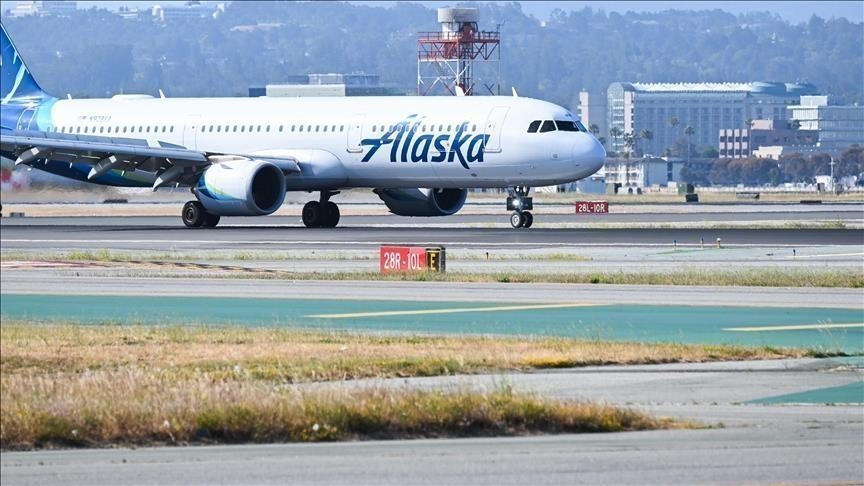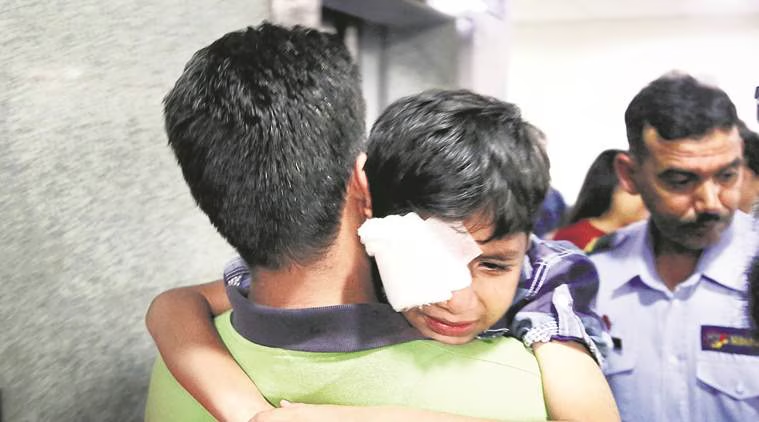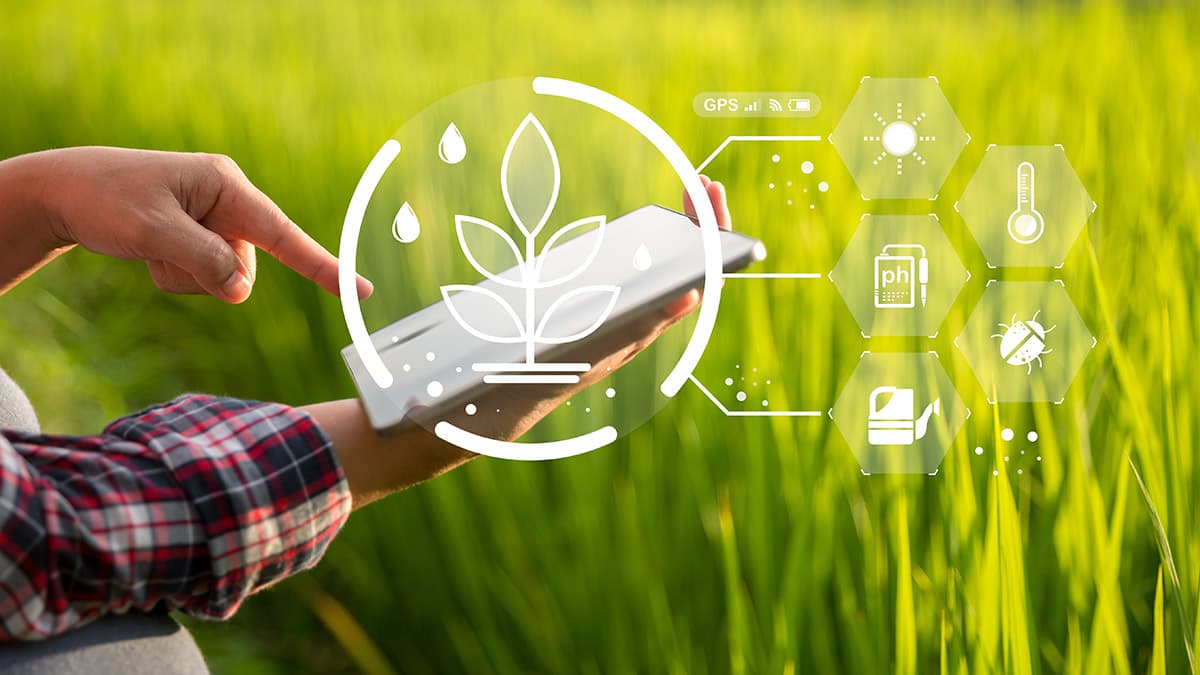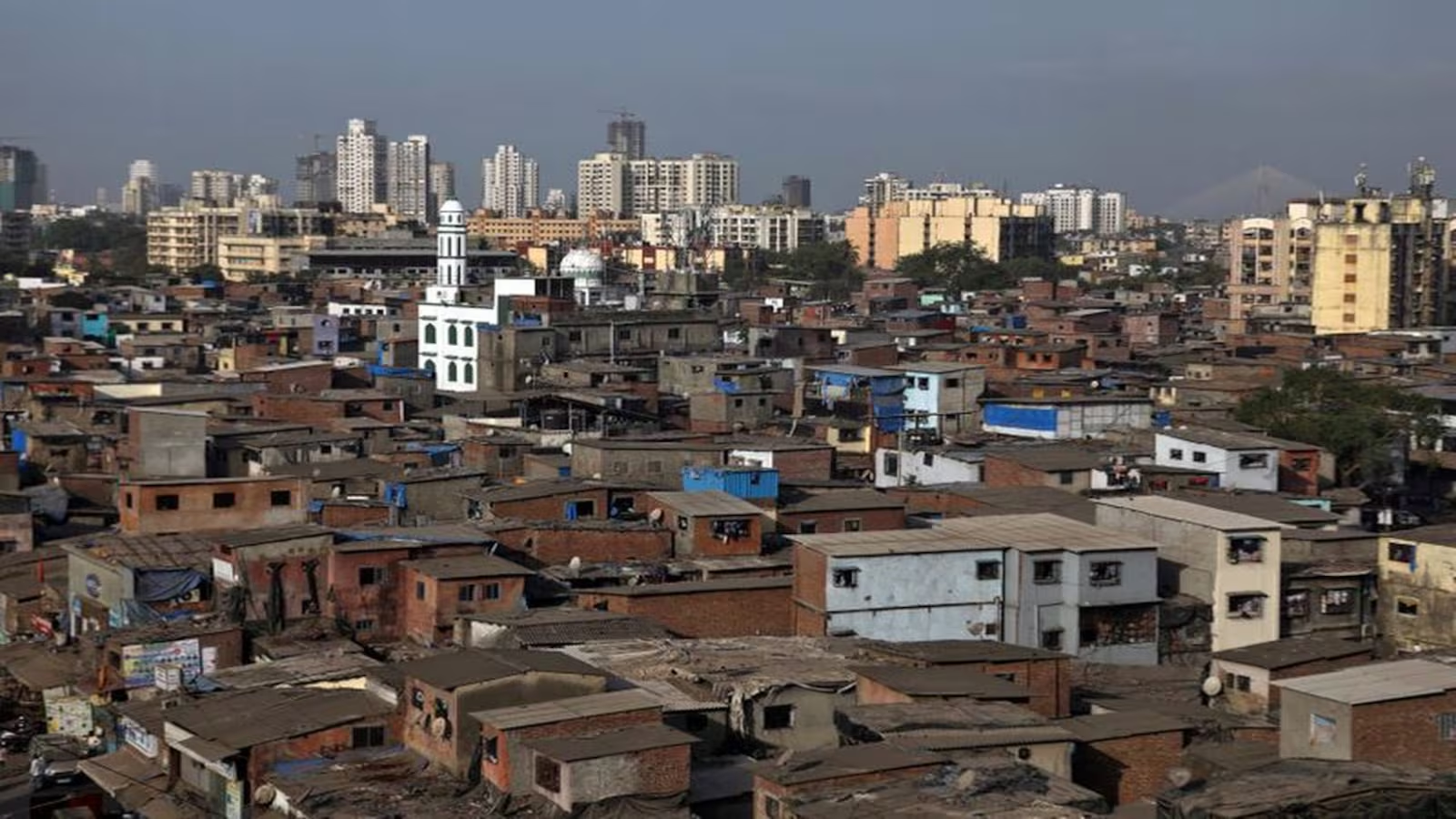Now Reading: Rising Water Crisis in Tier-2 Cities Ahead of Monsoon: What Needs Fixing?
-
01
Rising Water Crisis in Tier-2 Cities Ahead of Monsoon: What Needs Fixing?
Rising Water Crisis in Tier-2 Cities Ahead of Monsoon: What Needs Fixing?
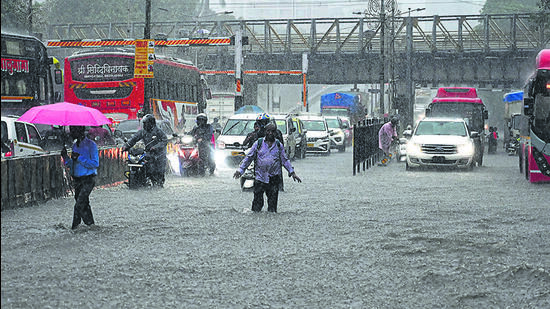
Introduction:
As temperatures soar and monsoon delays test urban resilience, many of India’s Tier-2 cities are grappling with a mounting water crisis. From dry taps to tanker dependency, residents are feeling the heat—literally and figuratively. While metros usually dominate the headlines, it’s the smaller cities that are quietly struggling with serious supply gaps and infrastructure flaws.
The Current Situation
Across cities like Nagpur, Indore, Jaipur, and Hubli, daily life is being affected by erratic water supply. In several areas, residents have reported receiving water only once every two to three days. The reliance on private tankers has surged, pushing up household expenses—especially for lower and middle-income families.
Municipal corporations are under pressure, with local water sources like lakes and borewells showing significant depletion. Groundwater levels have dipped sharply in many parts of semi-urban India.
Why Tier-2 Cities Are at Greater Risk
Unlike metro cities that have better pipelines, reservoirs, and managed distribution systems, Tier-2 cities often rely on aging infrastructure. Leakage, unauthorized usage, and poor maintenance contribute to daily losses.
Moreover, urban planning in these regions hasn’t kept pace with rapid population growth. With increasing migration and housing development, the existing water supply systems are simply not enough to cater to the growing demand.
Role of Climate and Delayed Monsoon
The delay in the onset of monsoon this year has only added to the concerns. Many cities that typically depend on early rains for groundwater recharge are now running on backup plans.
Climate variability is making weather patterns less predictable, and Tier-2 cities—already working with limited resources—are more vulnerable to these shifts. This has renewed discussions about water conservation, rainwater harvesting, and sustainable urban development.
What Needs Immediate Attention
- Infrastructure Overhaul – Cities must invest in repairing old pipelines and creating smart water grids to reduce wastage.
- Community Participation – Awareness drives about responsible water use and rainwater harvesting can make a real difference.
- Policy Reforms – Clear regulations on tanker operations, groundwater usage, and urban planning are needed urgently.
- Technology Use – Smart meters, water sensors, and AI-based monitoring can help detect leaks and optimize usage.
Conclusion
The water crisis in Tier-2 cities is no longer just a seasonal inconvenience—it’s a long-term urban challenge. Without serious policy attention and community involvement, these cities risk slipping into deeper water distress year after year. As the monsoon clouds gather, it’s also time for smarter, sustainable solutions to flow in.








